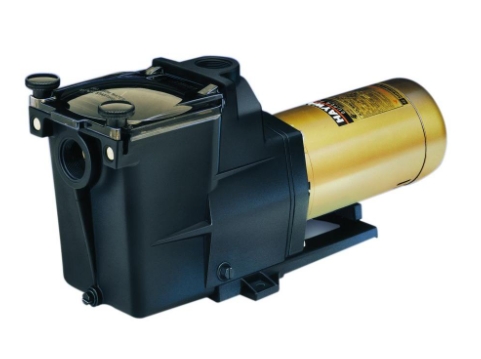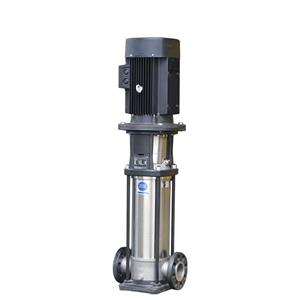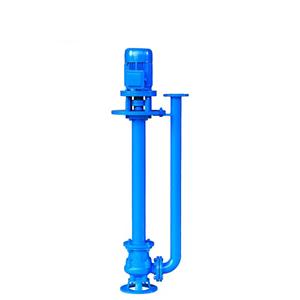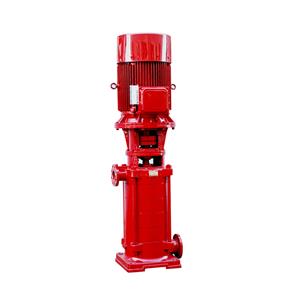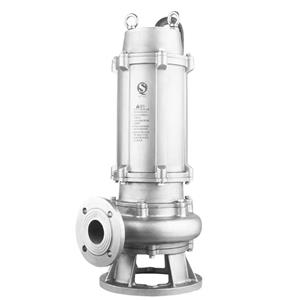Understanding Cavitation in Pumps: Causes, Effects, and the Importance of Cavitation Resistance
Understanding Cavitation in Pumps: Causes, Effects, and the Importance of Cavitation Resistance
Key Focus: This article will focus on explaining what cavitation is, how it affects pumps, and why resistance to cavitation is crucial for efficient pump operation.
Introduction: Define cavitation in the context of pumps. Highlight its causes, such as high flow velocities, low pressures, and system design flaws.
The Physics of Cavitation: Describe how cavitation forms, detailing the vapor bubble formation process and the energy released when these bubbles collapse.
Consequences of Cavitation: Discuss the negative effects of cavitation on pump performance—erosion, vibration, noise, and energy losses. Real-life examples of pumps damaged by cavitation in industries such as petrochemical, water treatment, and HVAC systems.
Importance of Cavitation Resistance: Emphasize why preventing cavitation is critical for pump longevity and operational efficiency.
2025 Market Context: With increasing global demand for energy-efficient systems and the growing emphasis on sustainability, the market is pushing for more reliable pumps with high cavitation resistance.
Conclusion: Reiterate the significance of understanding cavitation and adopting anti-cavitation measures to optimize pump performance.
